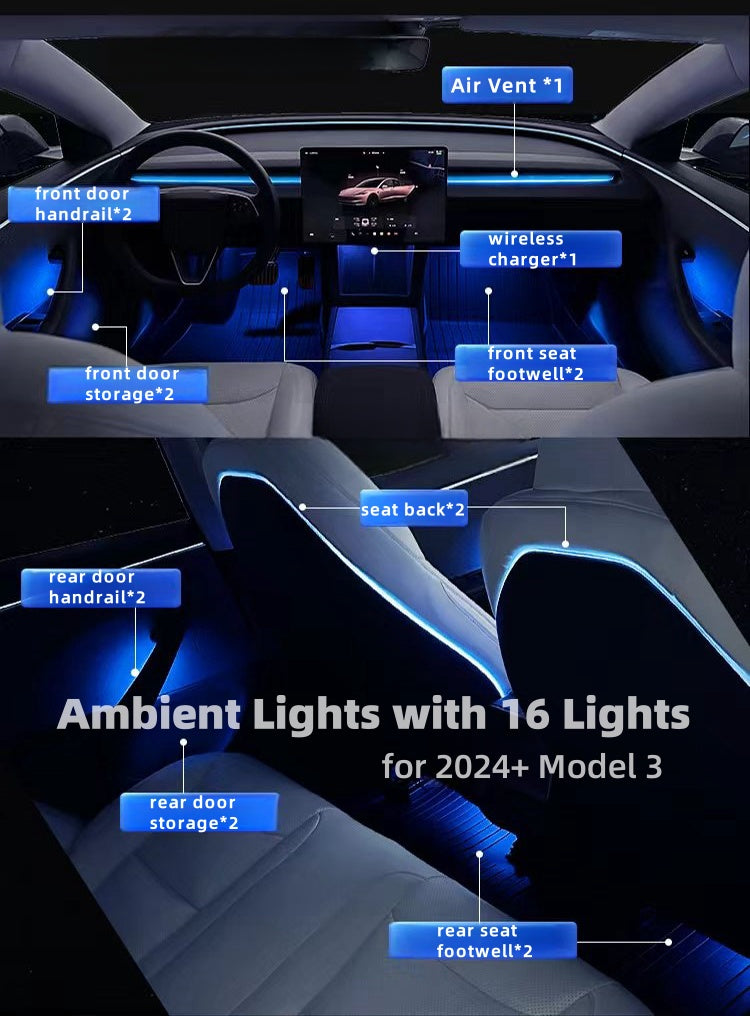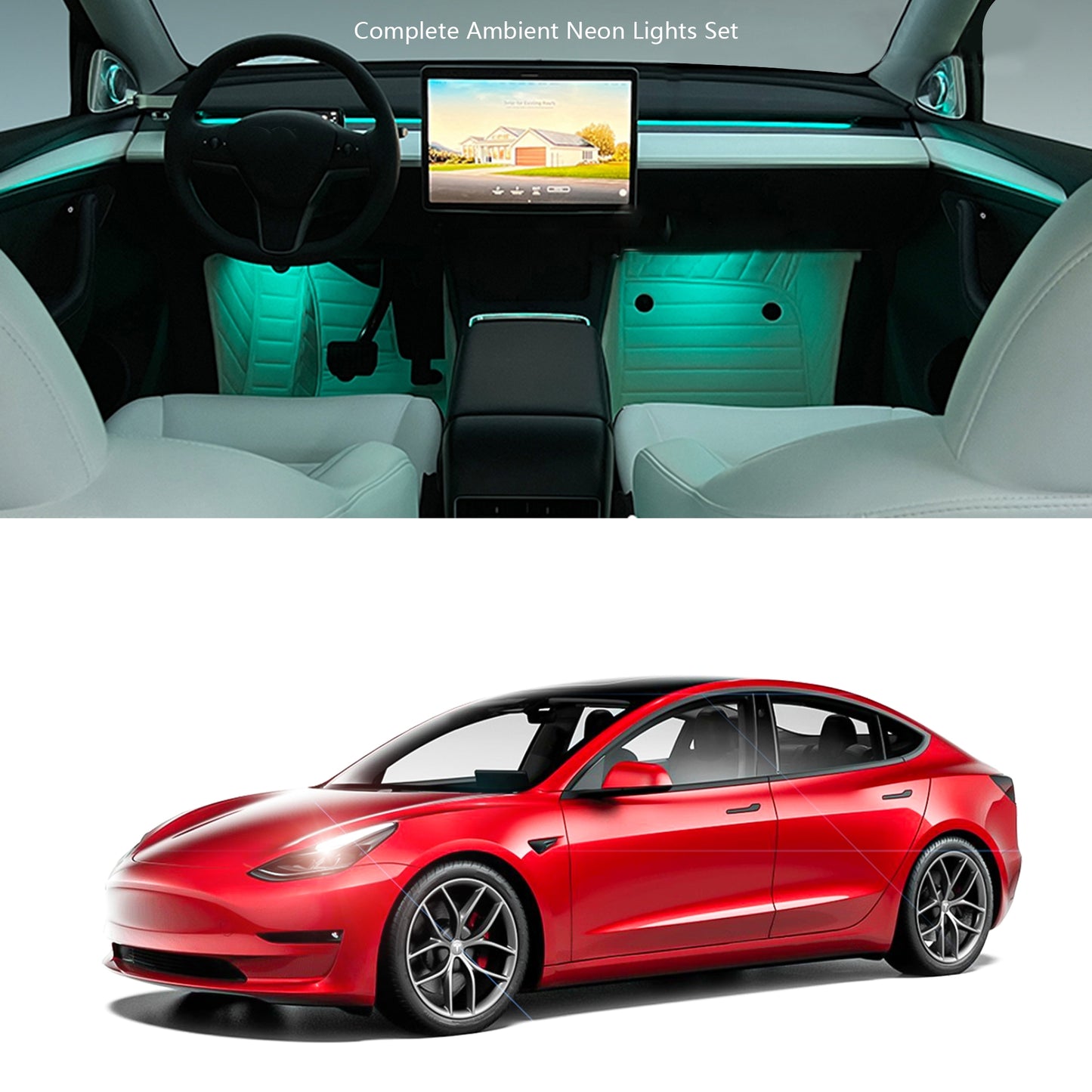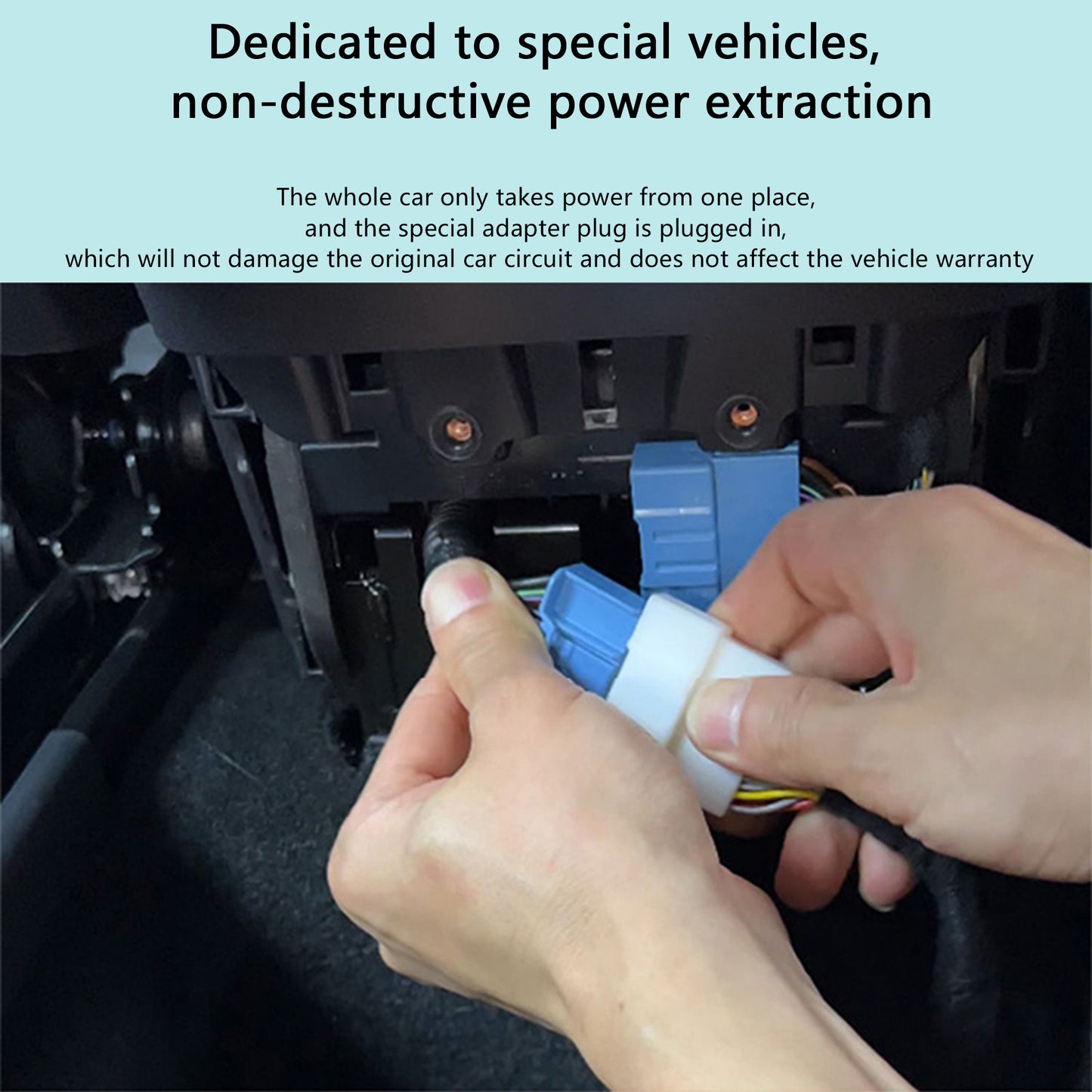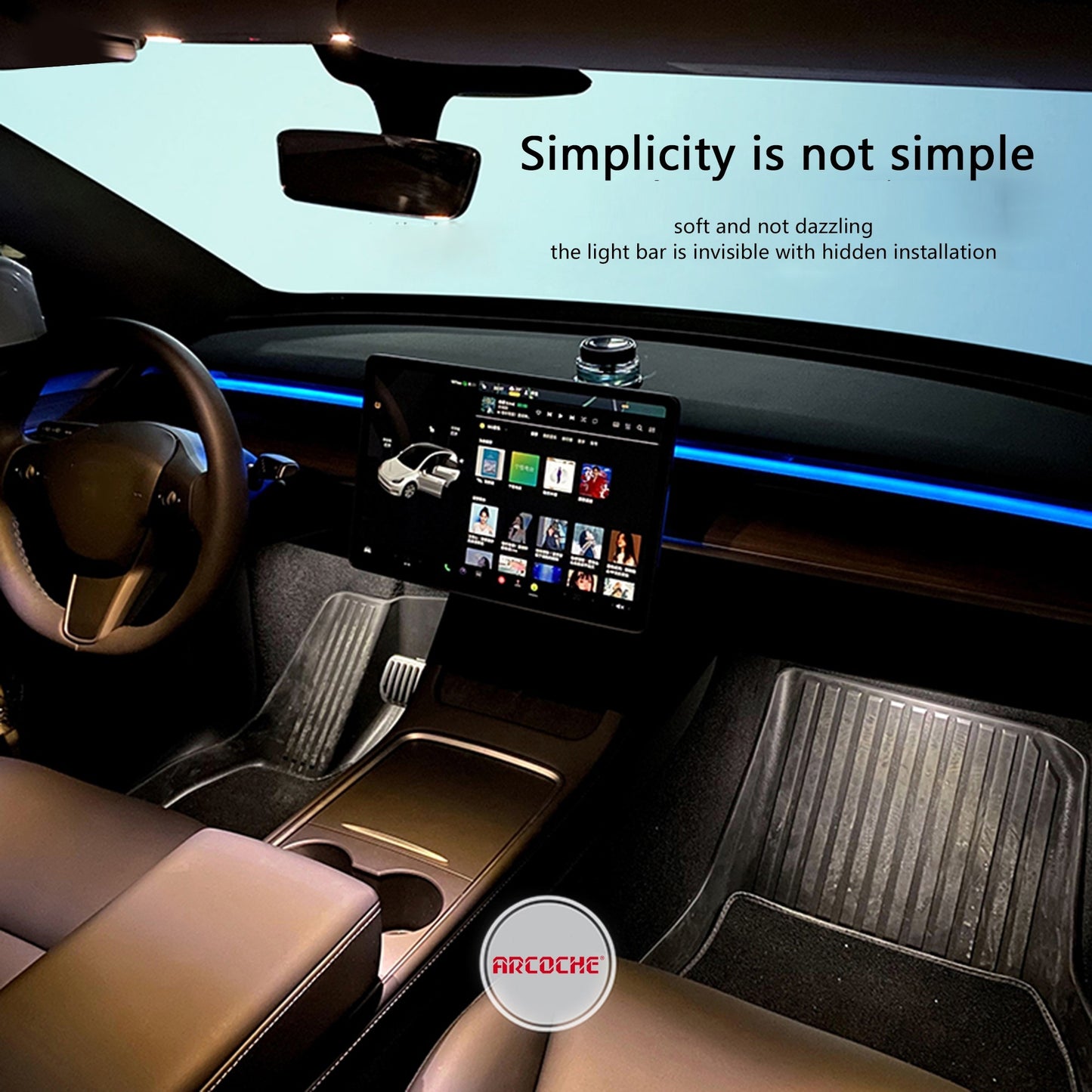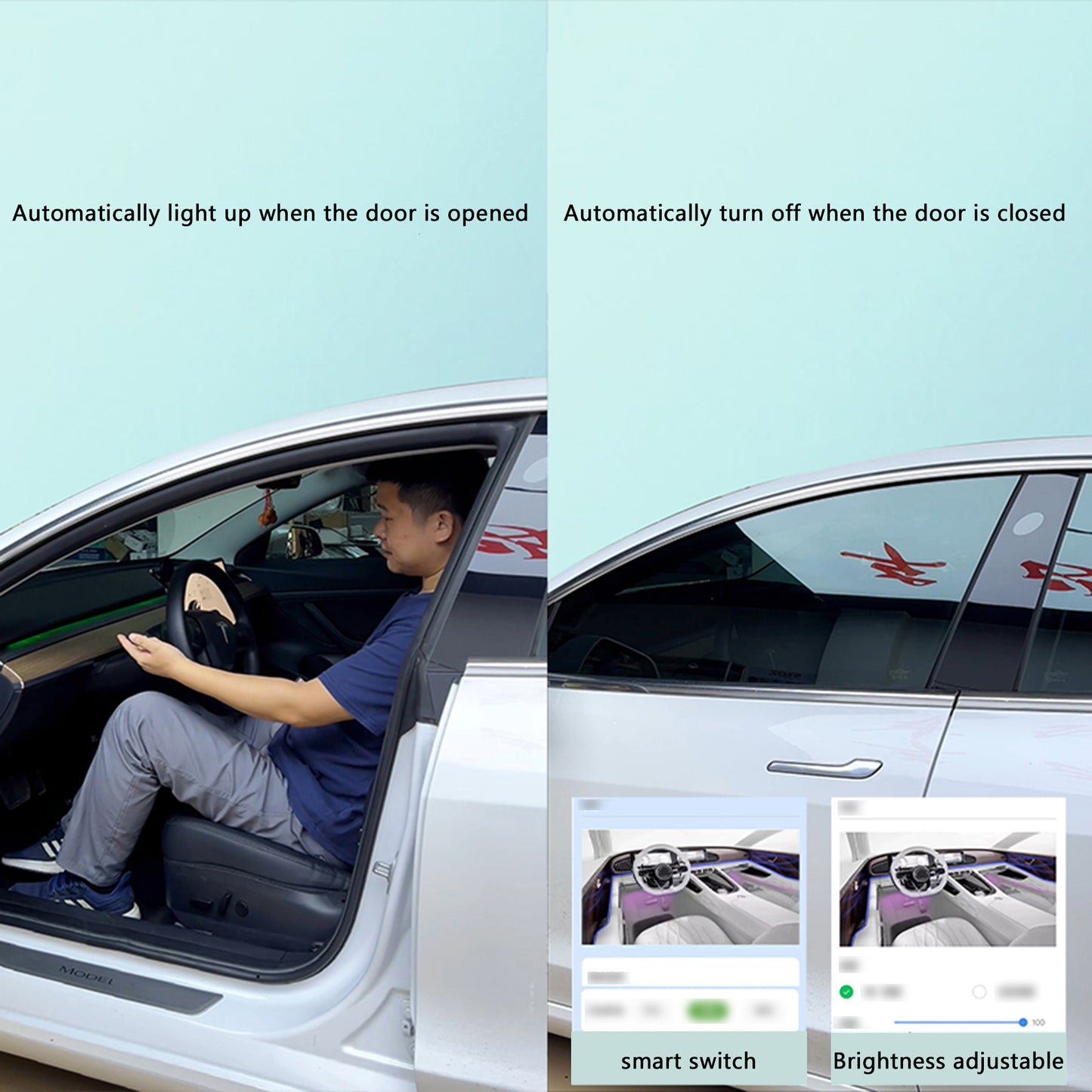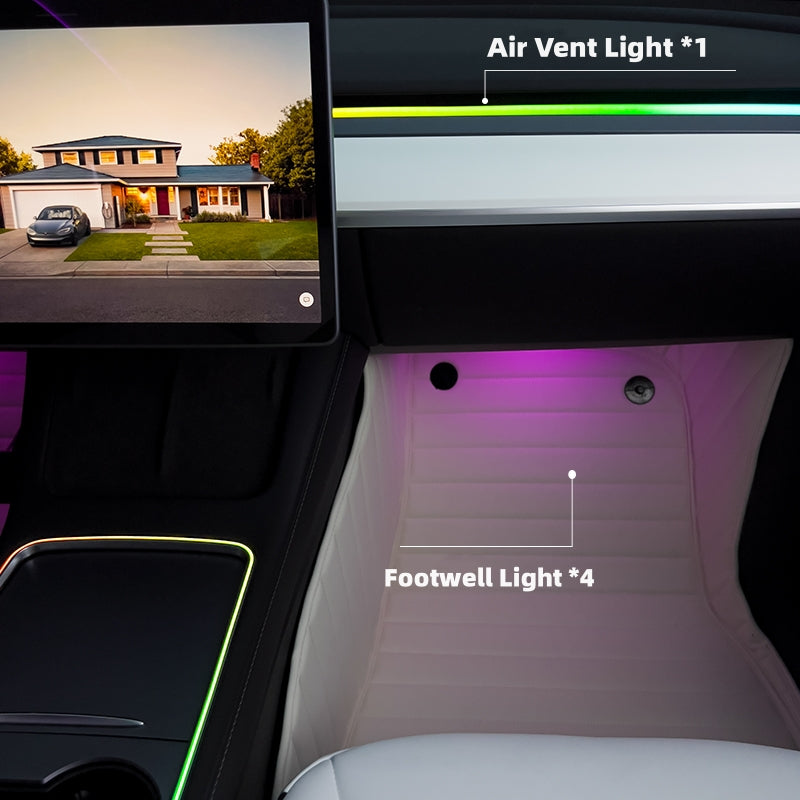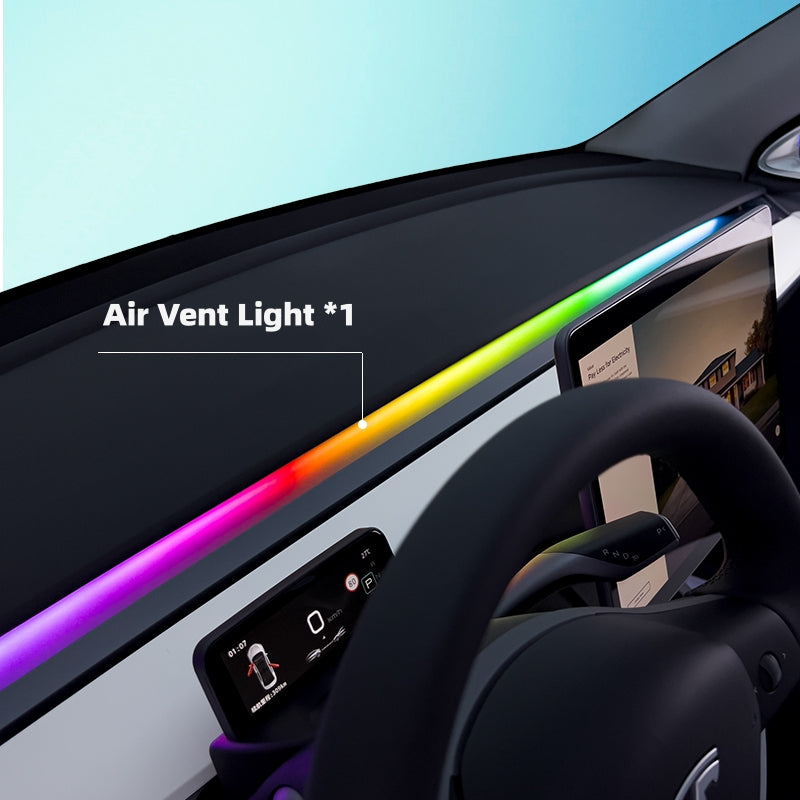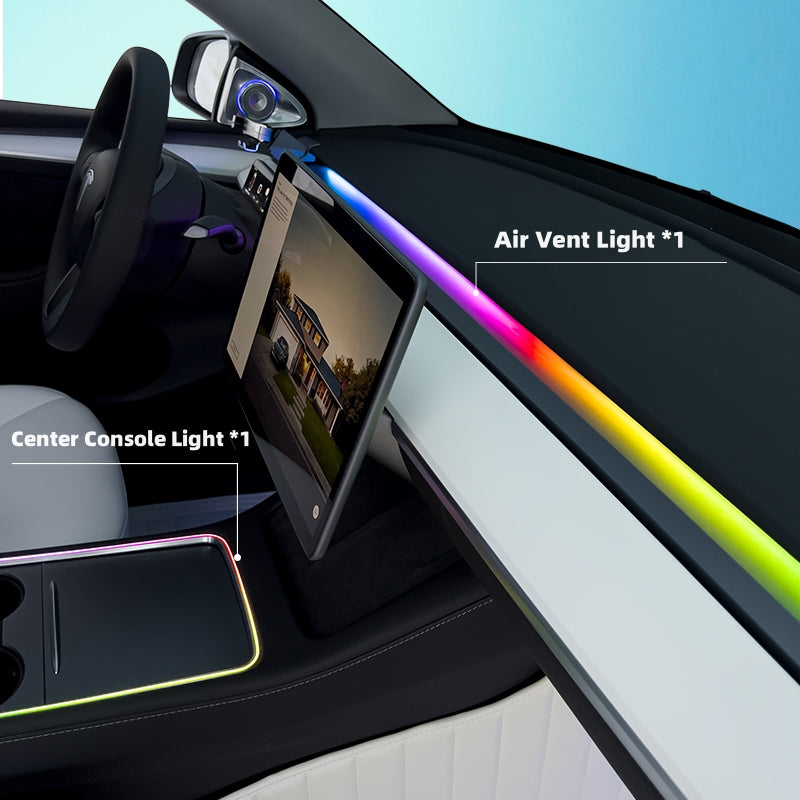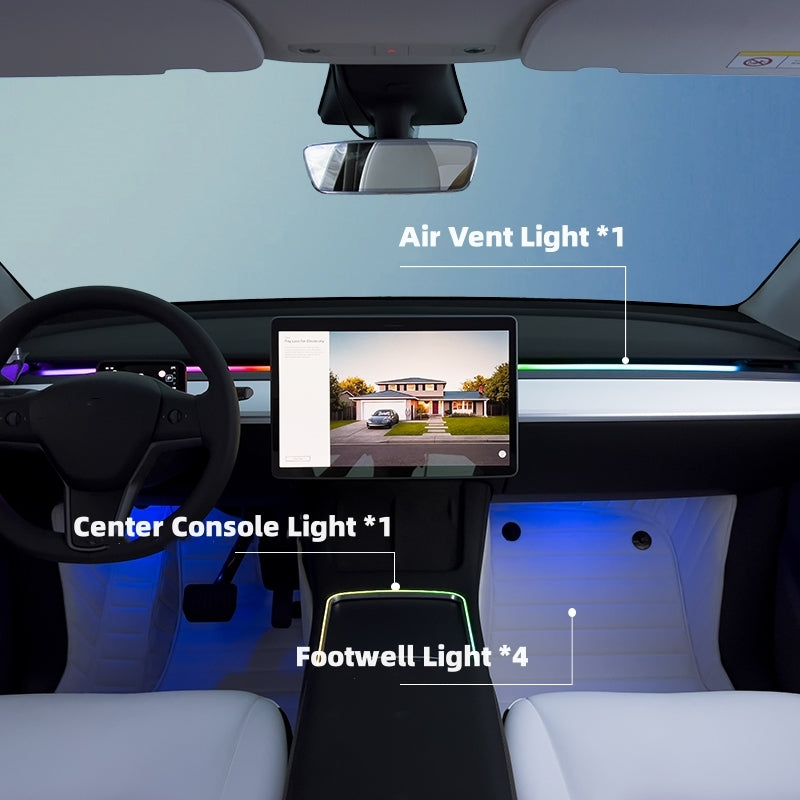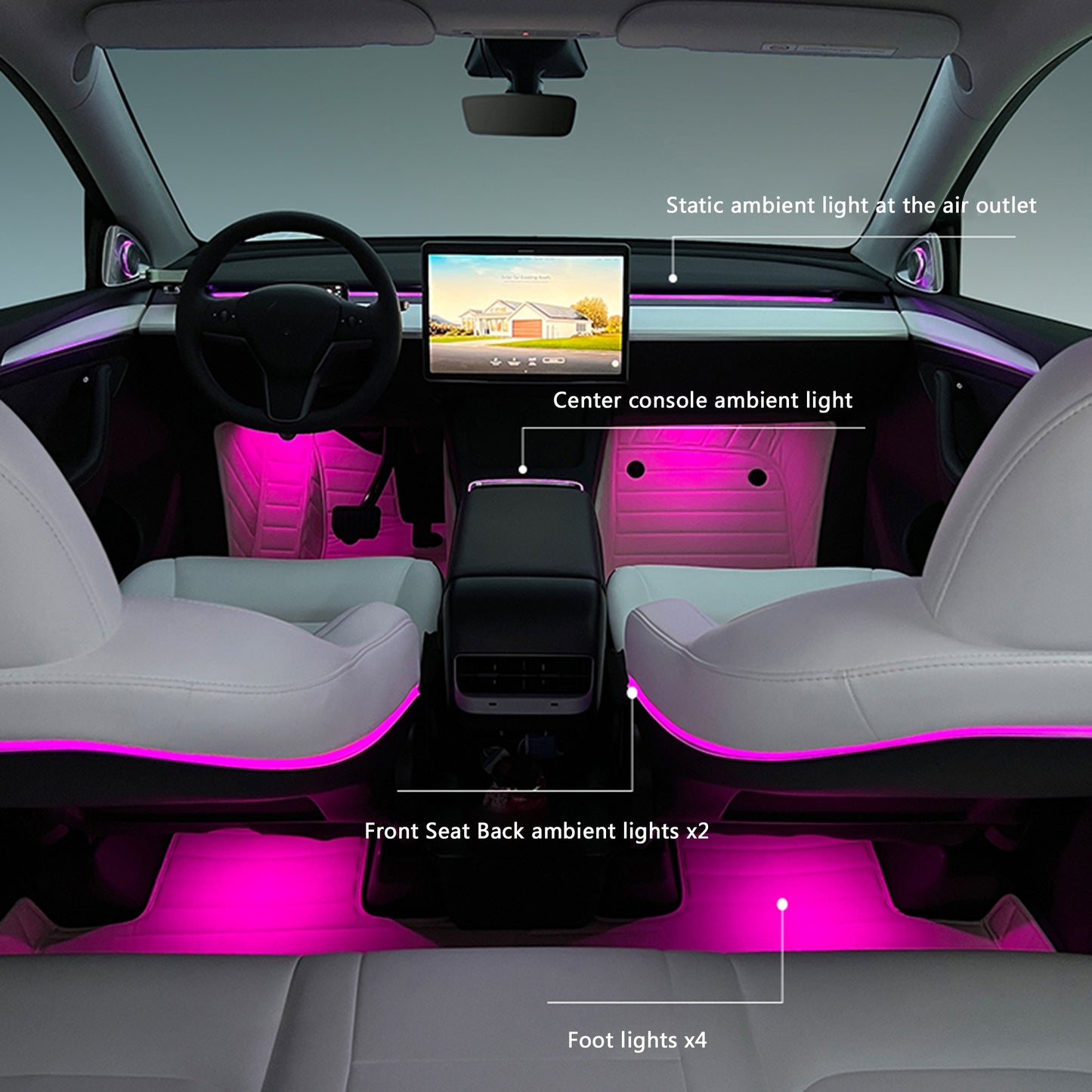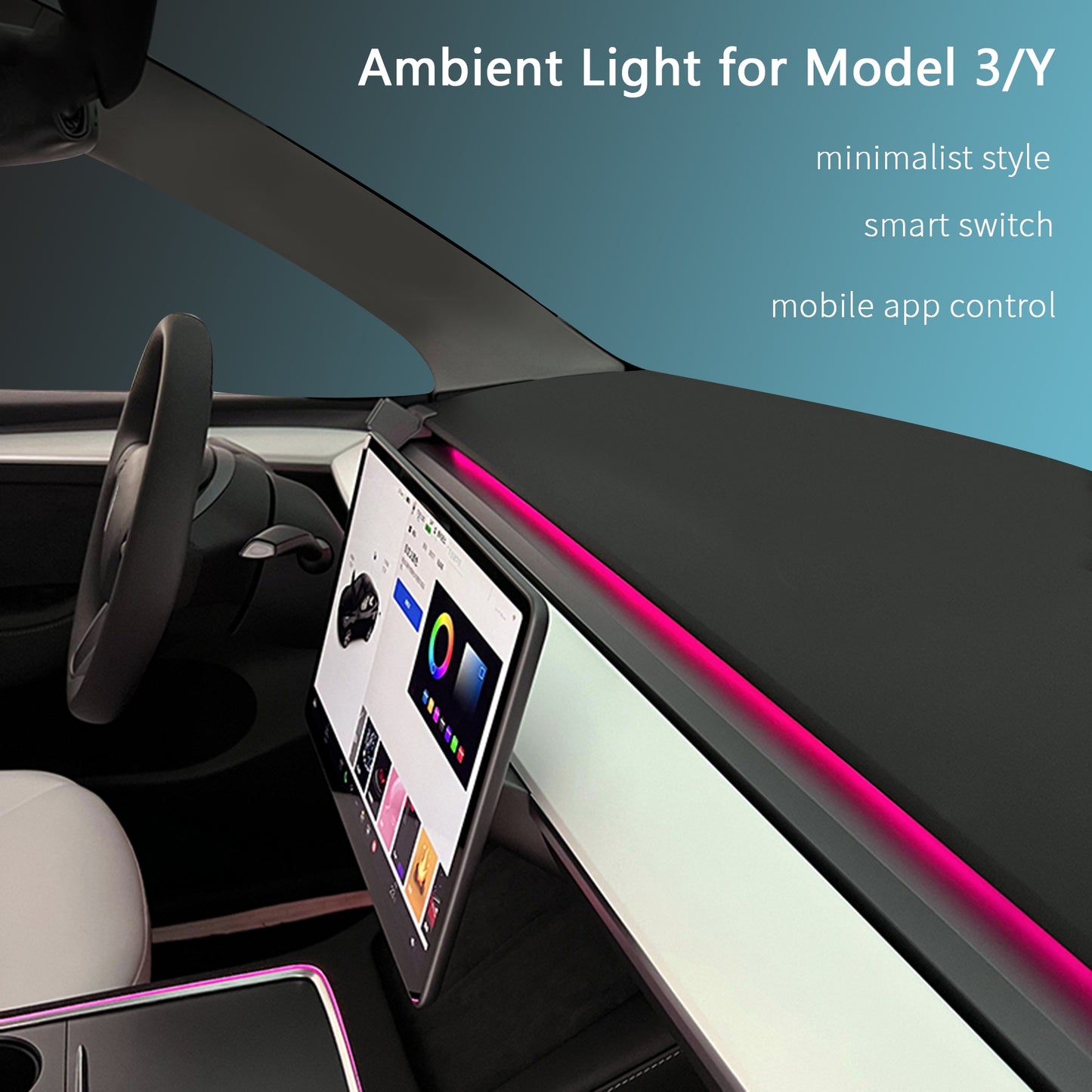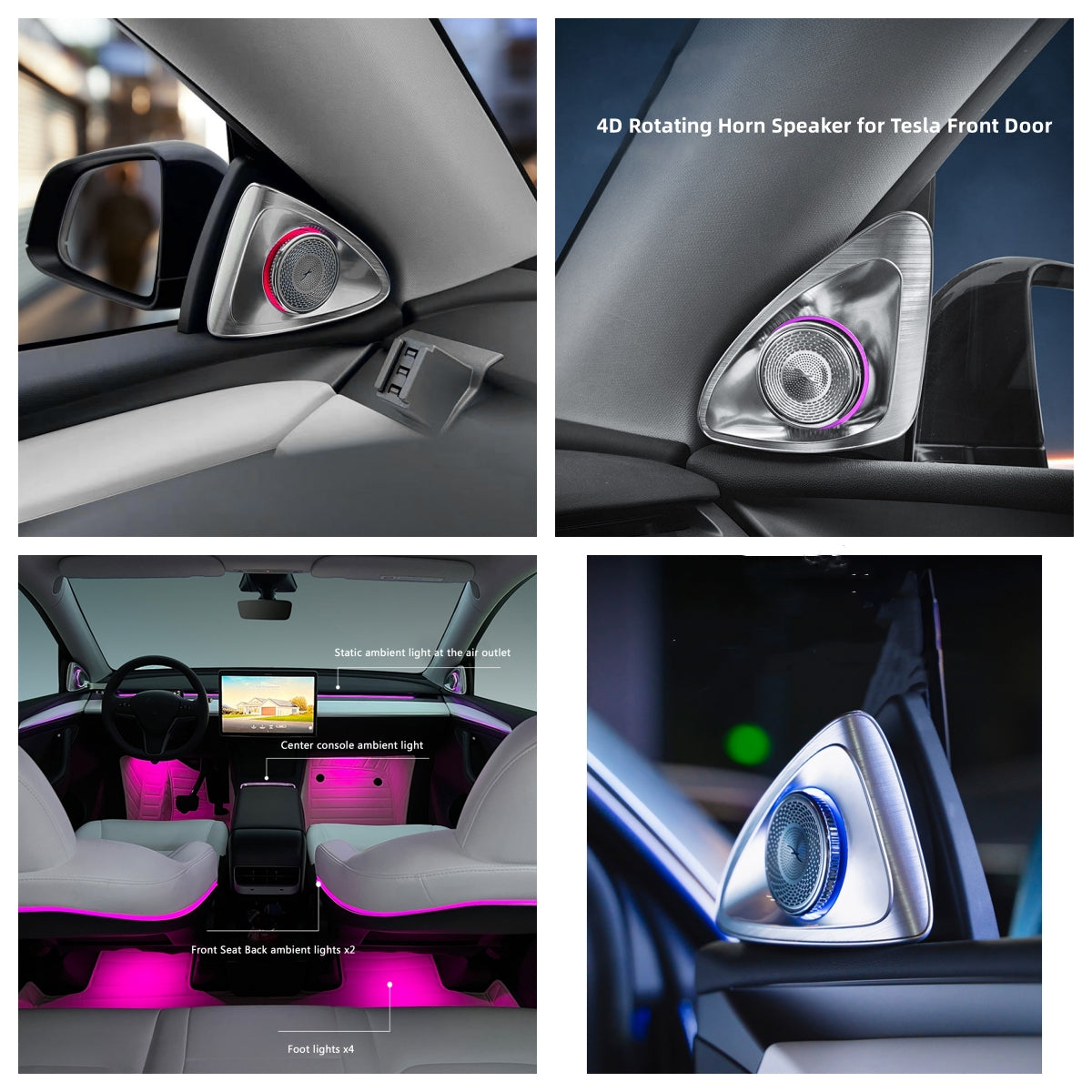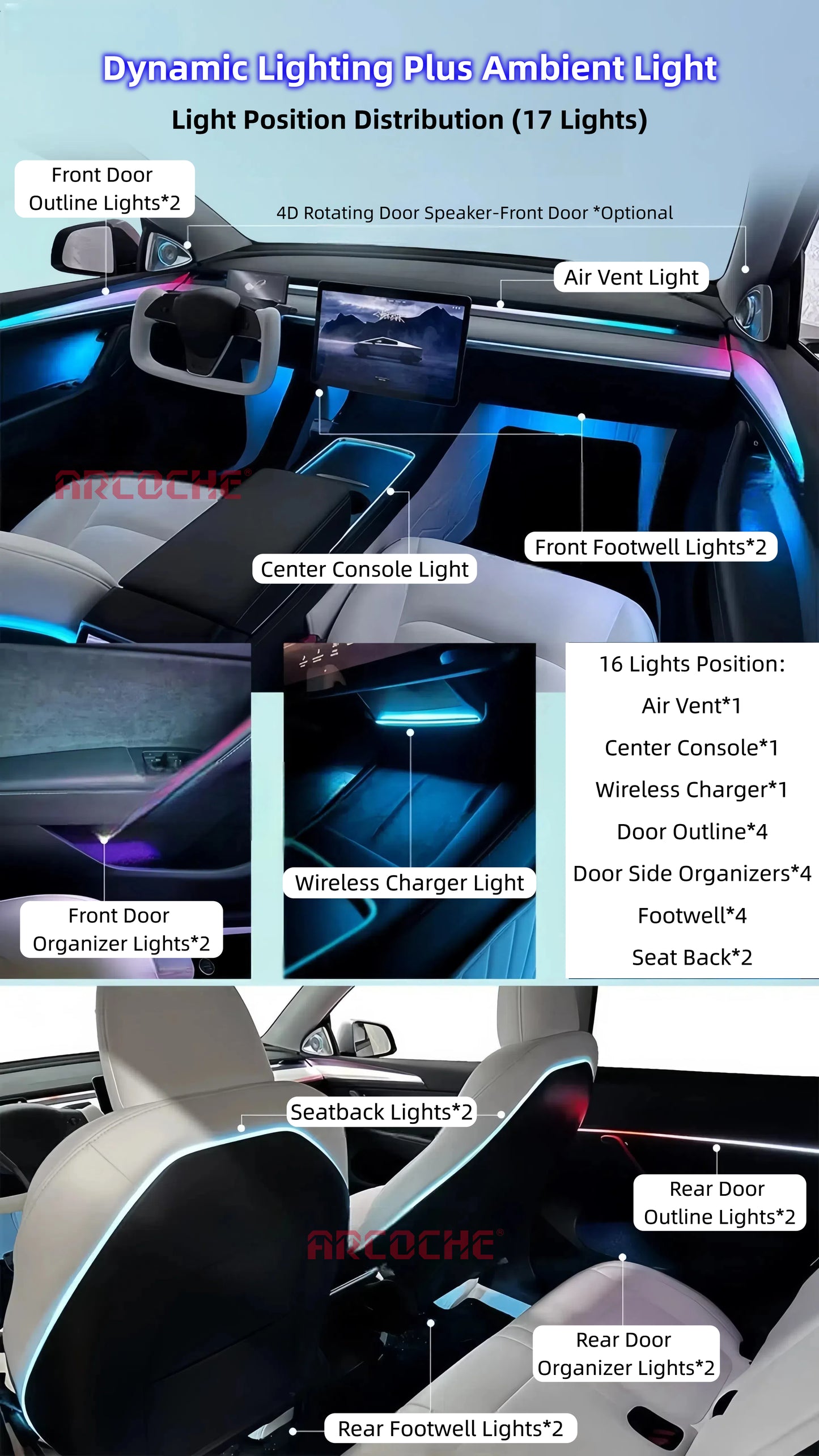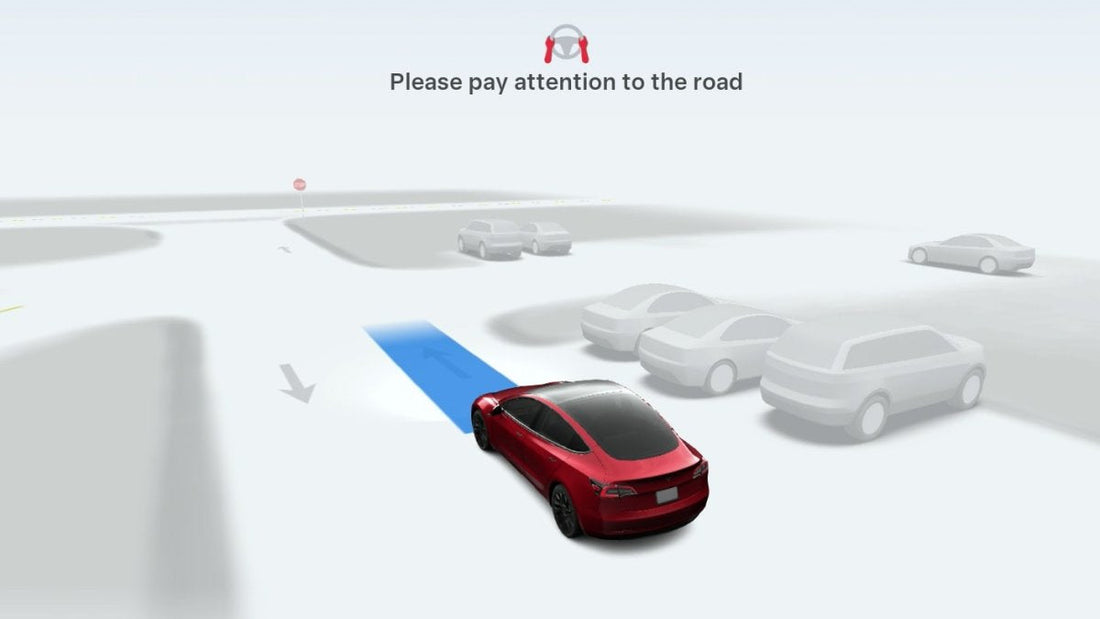
Revoluce FSD: Cesta Tesla k automatizovanému označování dat
V naší probíhající sérii zkoumající patenty společnosti Tesla se zaměřujeme na to, jak Tesla automatizuje označování dat pro svou technologii Full Self-Driving (FSD). To je pokryto v Teslově patentu W02024073033A1, který nastiňuje systém, který by mohl změnit způsob, jakým Tesla trénuje své FSD.
Tento článek rozdělíme do lehce stravitelných částí, stejně jako v předchozích dílech.
Pokud jste zmeškali naše dřívější články, můžete se podívat, jak FSD funguje, nebo prozkoumat Tesla's Universal Translator.
Výzva označování dat
Trénink složitého modelu umělé inteligence, jako je FSD, vyžaduje obrovské množství dat, která musí být všechna označena. Tradičně se tento proces označování prováděl ručně, přičemž lidští kontroloři kategorizovali a označovali stovky tisíc datových bodů v milionech hodin videa.
Tento úkol je nejen zdlouhavý a opakující se, ale také časově náročný, nákladný a náchylný k lidské chybě, což z něj činí ideálního kandidáta na automatizaci pomocí AI.
Automatizované řešení společnosti Tesla
Tesla patent představuje modelově agnostický systém pro automatizované označování dat. Podobně jako jejich předchozí patent na Universal Translator je tento systém navržen tak, aby fungoval s jakýmkoli modelem umělé inteligence, i když jeho primární zaměření je na FSD.
Systém využívá obrovské množství dat shromážděných z vozového parku Tesly k vytvoření 3D modelu prostředí, který se pak automaticky použije k označení nových dat.
Tříkrokový proces
Tento proces se skládá ze tří kroků, které budeme zkoumat jednotlivě.
Vysoce přesné mapování
Prvním krokem je vytvoření vysoce přesné 3D mapy prostředí. Toho je dosaženo integrací dat z více vozidel Tesla vybavených kamerami, radarem a dalšími senzory. Mapa zachycuje podrobné informace o silnicích, značení jízdních pruhů, budovách, stromech a dalších statických objektech.
Je to podobné jako vytvoření digitálního dvojčete skutečného světa, které poskytuje simulační data, která Tesla používá k rychlému testování FSD. Systém neustále zvyšuje svou přesnost, protože zpracovává více dat a generuje vylepšená syntetická data, která doplňují trénovací datovou sadu.
Multi-Trip rekonstrukce
Pro zpřesnění 3D modelu a zohlednění dynamických prvků v prostředí systém analyzuje data z více cest stejnou oblastí. To mu umožňuje identifikovat pohybující se objekty, sledovat jejich pohyby a pochopit, jak interagují se statickým prostředím. V důsledku toho vytváří dynamický, živý 3D svět, který odráží odliv a odliv dopravy a chodců.
Automatické označování
Jakmile 3D model dosáhne dostatečné úrovně detailů, stává se nezbytným pro automatizované označování. Když vozidlo Tesla narazí na novou scénu, systém porovná data senzoru v reálném čase se stávajícím 3D modelem. To mu umožňuje automaticky identifikovat a označit objekty, značení jízdních pruhů a další relevantní prvky v nových datech.
Výhody
Tento systém má tři klíčové výhody, které zvýrazňují jeho hodnotu:
1-Zvýšená efektivita: Automatizované označování dat výrazně zkracuje čas a zdroje potřebné k přípravě tréninkových dat pro modely AI. To urychluje vývojové cykly a umožňuje Tesle trénovat svou AI na mnohem větších souborech dat.
2-Škálovatelnost: Systém dokáže spravovat rozsáhlé datové sady generované z milionů mil jízdních dat shromážděných vozovým parkem společnosti Tesla. Jak se flotila rozšiřuje a shromažďuje více dat, 3D modely se stávají ještě podrobnějšími a přesnějšími, což zdokonaluje proces automatizovaného označování.
3-Vylepšená přesnost: Odstraněním lidských chyb a zkreslení zvyšuje automatické označování přesnost a konzistenci označených dat. Výsledkem jsou robustnější a spolehlivější modely umělé inteligence. I když je lidská kontrola stále součástí procesu, slouží především k zachycení a označení případných chyb.
Aplikace
Ačkoli tato technologie má významné důsledky pro FSD, Tesla může využít tento automatizovaný systém označování k trénování modelů AI pro různé úkoly:
Detekce a klasifikace objektů: Přesná identifikace a kategorizace objektů v prostředí, jako jsou vozidla, chodci, dopravní značky a překážky.
Kinematická analýza: Pochopení pohybu a chování objektů, předpovídání jejich trajektorií a předvídání potenciálních nebezpečí.
Analýza tvaru: Rozpoznávání tvarů a struktur předmětů, i když jsou částečně zakryté nebo pozorované z různých úhlů.
Detekce obsazenosti a povrchu: Vytváření podrobných map prostředí, identifikace obsazených a volných míst a pochopení vlastností různých povrchů (např. silnice, chodník, tráva).
Tesla využívá tyto různé aplikace prostřednictvím různých podsítí AI, které analyzují každý aspekt před jejich integrací do širšího modelu FSD. To znamená, že prvky jako chodci, značení jízdních pruhů a řízení dopravy jsou všechny označeny přímo na vozidle.
V kostce
Automatizovaný systém označování dat od Tesly je revolučním pokrokem ve vývoji AI. Využitím schopností svého vozového parku a technologie 3D map, Tesla vyvinula samoučící se systém, který neustále zlepšuje její schopnost porozumět světu a orientovat se v něm.
Představte si budoucnost, kde samořídící auta mohou autonomně označovat a interpretovat své okolí bez jakékoli lidské pomoci. Tento patent nastiňuje systém, který by mohl tuto vizi uskutečnit. Využívá data shromážděná z mnoha vozidel Tesla ke konstrukci 3D modelu prostředí, v podstatě vytváří virtuální repliku skutečného světa.
Tento 3D model se pak použije k označení nových snímků a dat senzorů, což výrazně snižuje potřebu lidského zapojení. Systém dokáže identifikovat objekty, značení jízdních pruhů a další kritické funkce, což zjednodušuje tréninkový proces pro modely AI.



